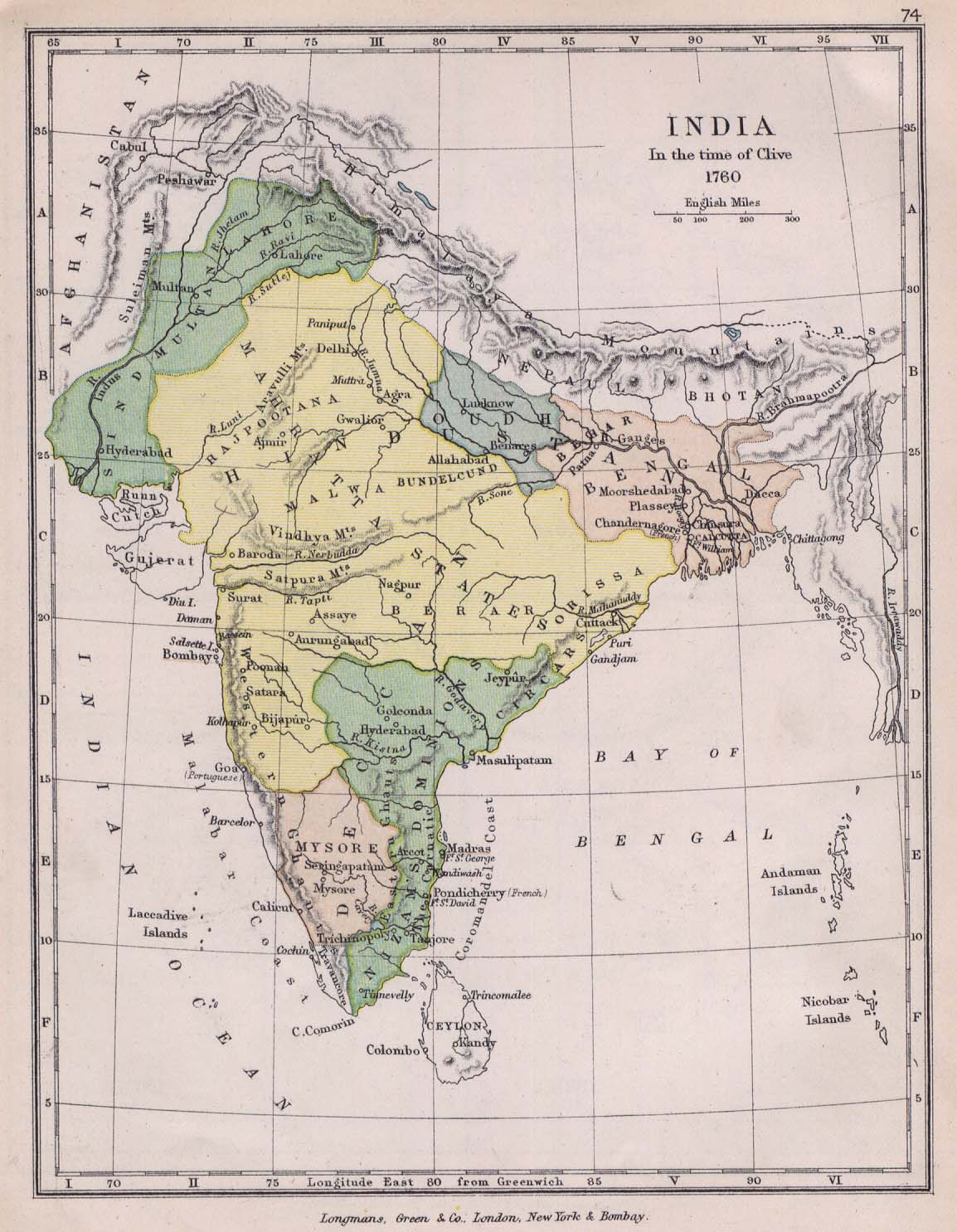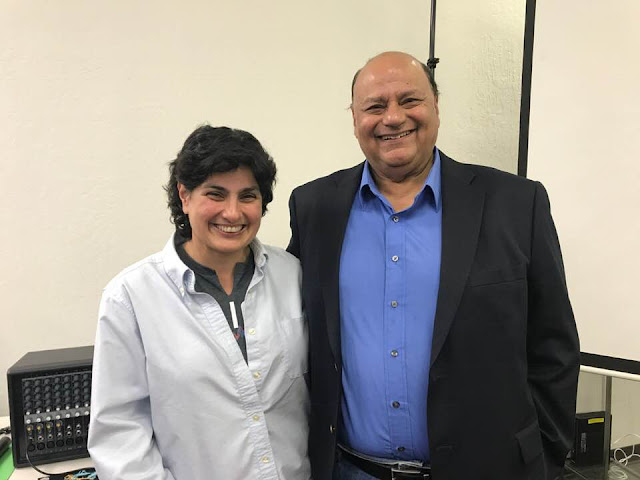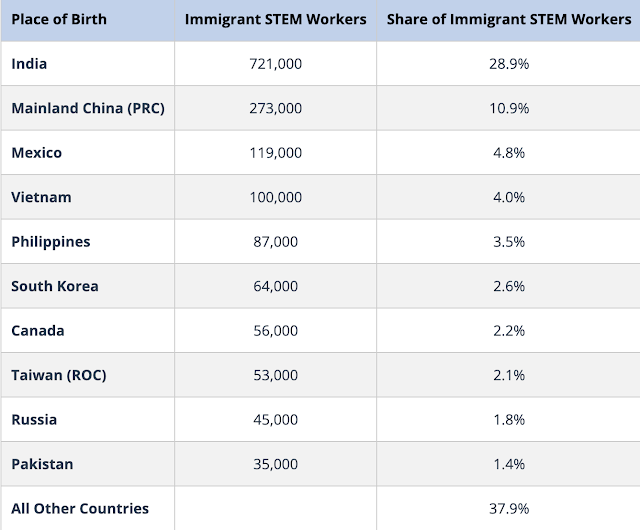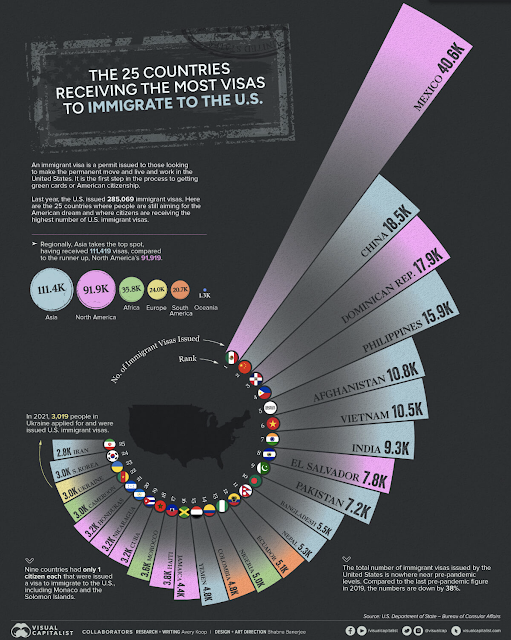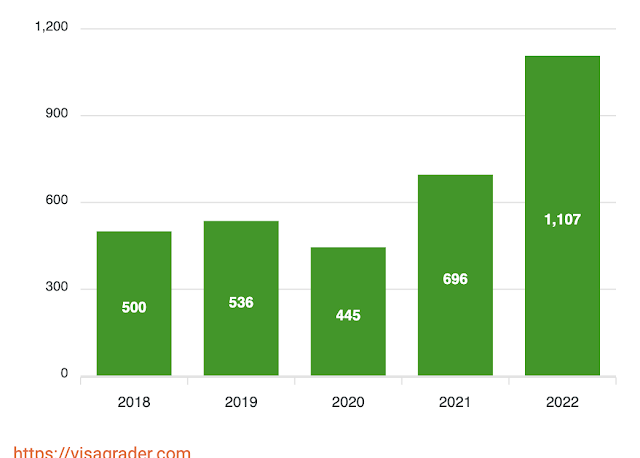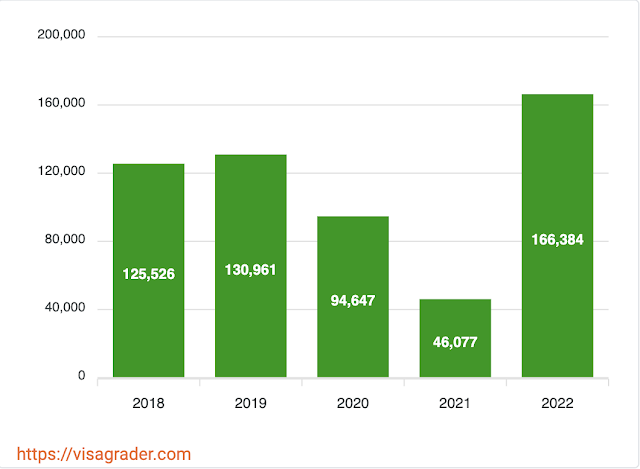Gen-next of immigrants in US return home ; India, China to gain from reverse brain drain
Samir Kapadia seemed to be on the rise in Washington, moving from an internship on Capitol Hill to jobs at a major foundation and a consulting firm. Yet his days, he felt, had become routine.
By contrast, friends and relatives in India, his native country, all in their early-to-mid-20s, were telling him about their lives in that newly surging nation. One was creating an e-commerce business, another a public relations company, still others a magazine, a business incubator and a gossip and events Web site.
"I'd sit there on Facebook and on the phone and hear about them starting all these companies and doing all these dynamic things," recalled Kapadia, 25, who was born in India but grew up in the United States. "And I started feeling that my 9-to-5 wasn't good enough anymore."
Last year, he quit his job and moved to Mumbai.
In growing numbers, highly educated children of immigrants to the US are uprooting themselves and moving to their ancestral countries, experts say. They are embracing homelands that their parents once spurned but that are now economic powers.
Some, like Kapadia, had arrived in the US as young children, becoming citizens, while others were born in the US to immigrant parents.
Enterprising Americans have always sought opportunities abroad. But this new wave underscores the evolving nature of global migration, which is presenting challenges to US supremacy and competitiveness.
In interviews, many of these Americans said they did not know how long they would live abroad; some said it was possible they would remain expatriates for many years, if not for the rest of their lives. Their decisions to leave have, in many cases, troubled their immigrant parents. Yet most said they had been pushed by the dismal hiring climate in the US or pulled by prospects abroad.
"Markets are opening, people are coming up with ideas every day, there's so much opportunity to mold and create," said Kapadia, now a researcher at Gateway House, a new foreign-policy research organisation in Mumbai. "People here are running much faster than those in Washington."
For generations, the world's less-developed countries have suffered brain drain - the flight of many of their best and brightest to the West. That, of course, has not stopped. But now, a reverse flow has begun, particularly to countries like China and India and, to a lesser extent, Brazil and Russia. Some scholars and business leaders contend that this emigration does not necessarily bode ill for the US.
They say young entrepreneurs and highly educated professionals sow American knowledge and skills abroad. At the same time, these workers acquire experience abroad and build networks that they can carry back to the US or elsewhere - a pattern known as "brain circulation."
But the experts caution that in the global race for talent, the return of these expatriates to the US and US companies is no longer a sure bet.
"These are the fleet-footed, they're the ones who in a sense will follow opportunity," said Demetrios G Papademetriou, president of the Migration Policy Institute, a non-profit group in Washington that studies population movements.
"I know there will be people who will argue all about loyalty, etc, etc," Papademetriou said. "I know when you go to war, loyalty matters. But this is a different kind of war that affects all of us."
The US government does not collect data on the emigration of US-born children of immigrants, or on those who were born abroad but moved to the country as young children. But several migration experts said the phenomenon was significant and increasing.
"We've gone way beyond anecdotal evidence," said Edward JW Park, director of the Asian Pacific American Studies Program at Loyola Marymount University in Los Angeles. He pointed out that this migration was spurred by the efforts of some overseas governments to attract more foreign talent by offering employment, investment, tax and visa incentives.
"So it's not just the individuals who are making these decisions," he said. "It's governments who enact strategic policies to facilitate this."
Officials in India said they had seen a sharp increase in the arrival of people of Indian descent in recent years, including at least 100,000 in 2010 alone, said Alwyn Didar Singh, a former senior official at the Ministry of Overseas Indian Affairs. Many of these Americans have been able to leverage family networks, language skills and cultural knowledge gleaned from growing up in immigrant households.
Jonathan Assayag, 29, a Brazilian-American born in Rio de Janeiro and raised in South Florida, returned to Brazil last year. A Harvard Business School graduate, he had been working at an Internet company in Silicon Valley and unsuccessfully trying to develop a business.
"I spent five months spending my weekends at Starbucks, trying to figure out a startup in America," he recalled.
All the while, friends from Harvard urged him to make a change. "They were saying: 'Jon, what are you doing? Go to Brazil and start a business there!"' he said.
Last year, he relocated to Sao Paulo and became an "entrepreneur in residence" at a leading Brazilian venture capital firm. He is now starting an online eyewear business.
"I speak the language, I get the culture, I understand how people do business," he said.
Calvin Chin was a Chinese-American entrepreneur born in Michigan and used to live in San Francisco, where he worked at technology startups and his wife was an interior decorator.
Chin's mother was from China, as were his paternal grandparents. His wife's parents were from Taiwan. They are now in Shanghai, where Chin has started two companies - an online loan service for students and an incubator for technology startups. His wife, Angie Wu, has worked as a columnist and television anchor, and they have two young children.
"The energy here is phenomenal," Chin said.
Reetu Jain, 36, an Indian-American raised in Texas, was inspired to move to India while taking time off from her auditing job to travel abroad. Everywhere she went, she said, she met people returning to their countries of origin and feeling the "creative energy" in the developing world.
She and her husband, Nehal Sanghavi, an Indian-American lawyer, moved to Mumbai in January 2011. But instead of continuing in accounting, she switched professions. Embracing a long-held passion, she now works as a dance instructor and choreographer and has acted in television advertisements and a Bollywood film.
For many of these emigres, the decision to relocate has confounded - and even angered - their immigrant parents. When Jason Lee, who was born in Taiwan and raised in the US, told his parents during college that he wanted to visit Hong Kong, his father refused to pay for the plane ticket.
“Markets are opening, people are coming up with ideas every day, there’s so much opportunity to mold and create,” said Kapadia, now a researcher at Gateway House, a new foreign-policy research organisation in Mumbai. “People here are running much faster Read more

www.gatewayhouse.in

